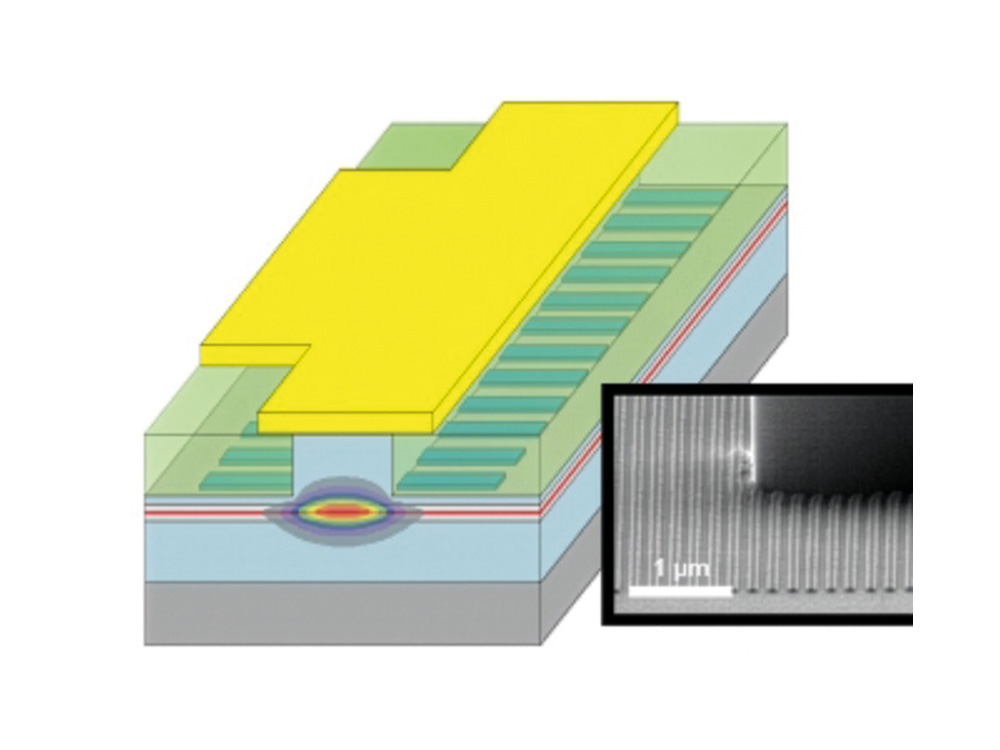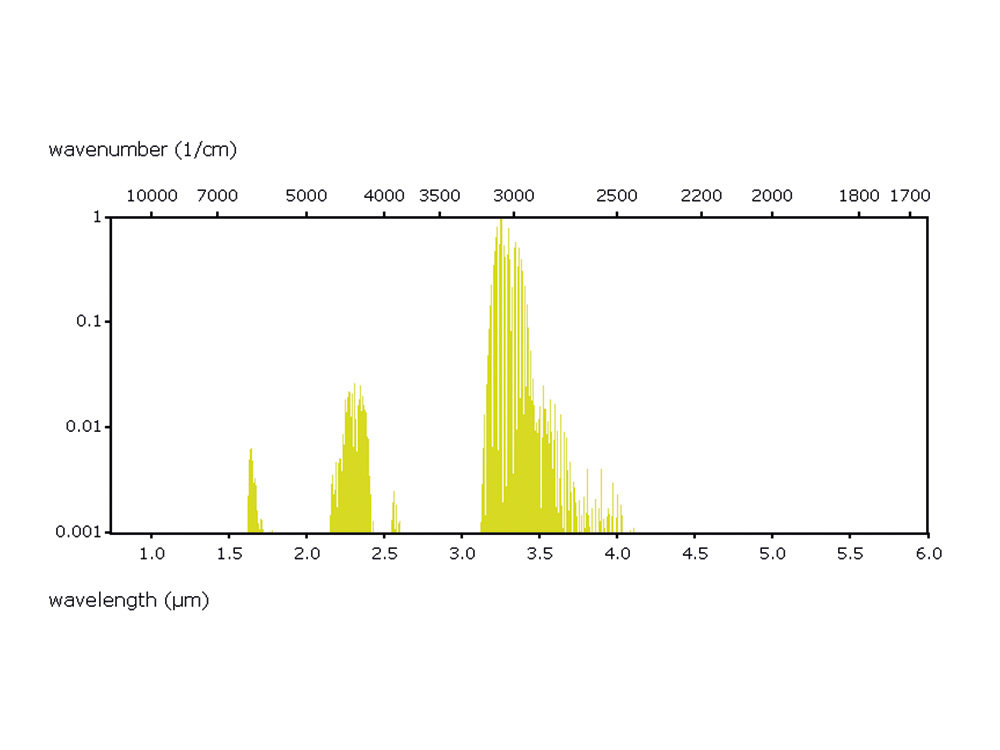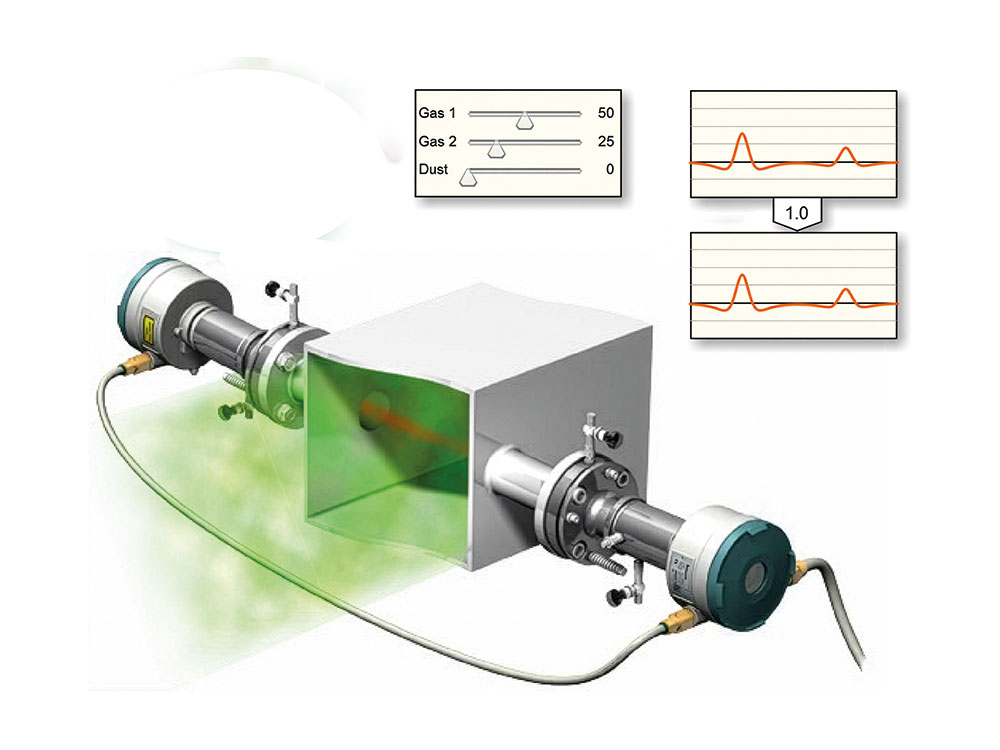

Our Technical Notes provide practical guidance for selecting, operating, and understanding nanoplus lasers. Each topic is designed to support users in their daily work - from choosing the right wavelength to optimizing long-term system reliability.
Explore the three focus areas below.

Select the right emission wavelength by considering the target gas absorption spectra, sensor geometry, and environmental factors such as pressure and temperature.
Use specialized tools to guide your selection:
HITRAN Database – determine absorption lines for various gases
SpectraPlot – analyze absorption characteristics in detail
Spectral Range Manager (SRM) – select the optimal line for your application

Ensure stable, safe, and efficient laser performance.
Learn best practices for system integration, including:

These notes provide a brief introduction to our DFB laser technology and performance validation methods

Do you require support? Please send us your request.